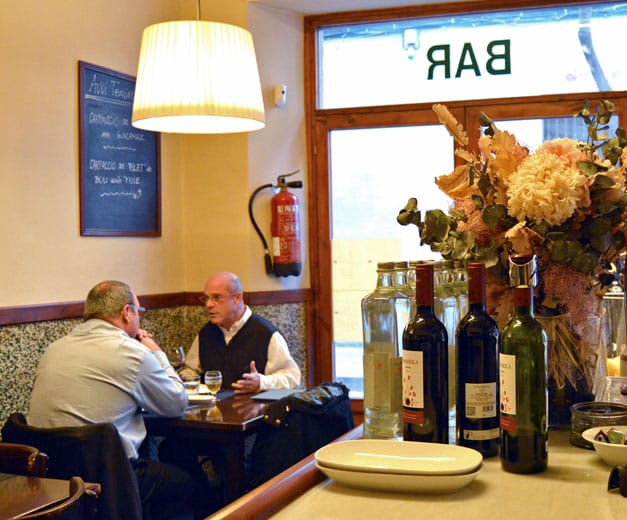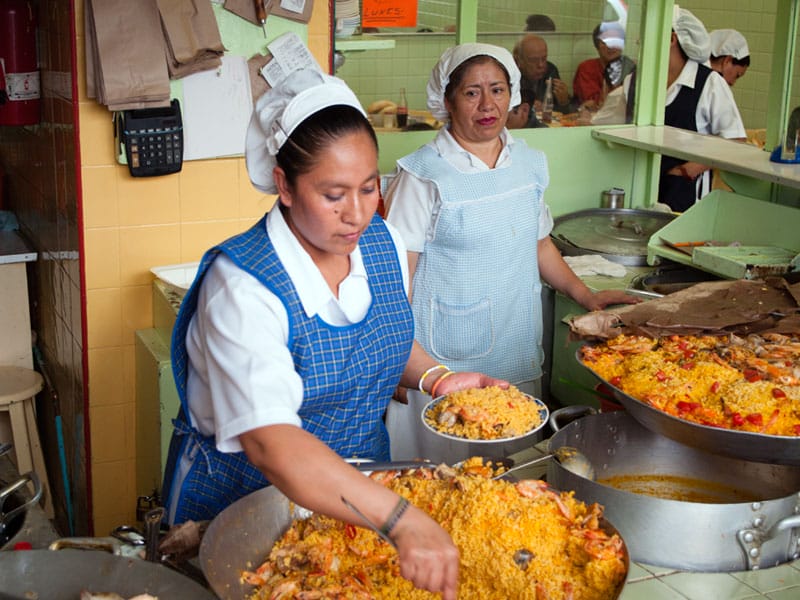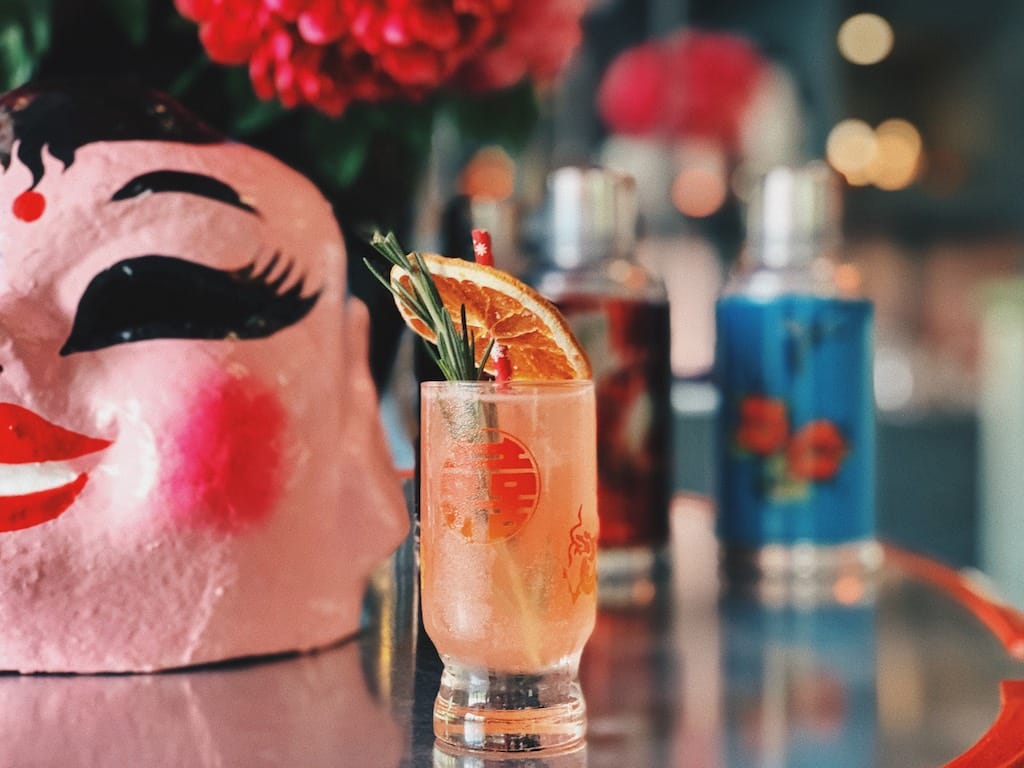Editor’s note: We regret to report that El Tossal has closed.
Now that ski season has begun in Catalonia, thousands of Barcelonans make the pilgrimage every weekend to the Pyrenees. But winter sports are not the only draw; this is also the time to enjoy the cooking at masias, traditional farm buildings that have been converted into restaurants.
There, the smells of winter stews and dishes made with mushrooms, game, mongetes (beans) and butifarra (a kind of pork sausage) are motivation enough to arrive at the village early and in one piece.
But for those stuck in town, there are opportunities to taste these rustic winter specialties in Barcelona, such as at El Tossal, a warm, comforting family restaurant in Gràcia with a wonderful menu of traditional stews and game.
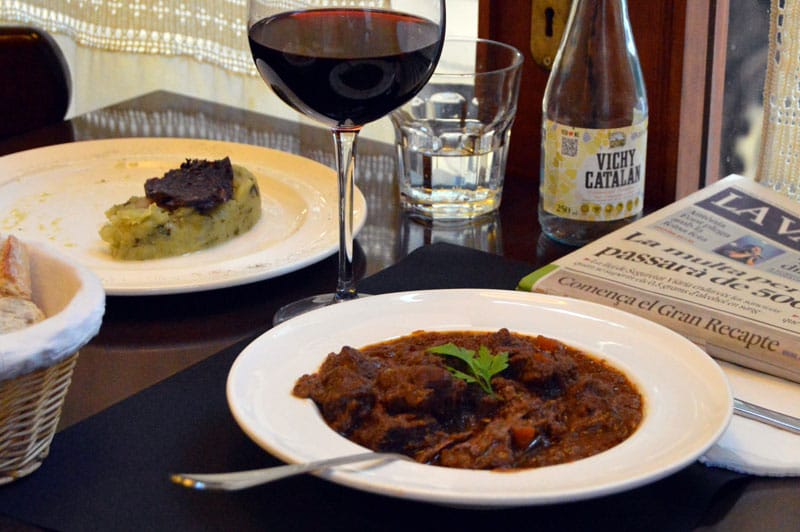
The original owners were a local couple: she was the cook, and he was a passionate hunter who provided the main ingredients of the menu. The current owners, Raquel and Albert, run El Tossal in a more contemporary style but with the same culinary spirit of their predecessors. They prepare game such as boar, deer, duck, rabbit or partridge with a complement of dishes like a luxurious pumpkin cream with langoustines or mushroom tart in autumn and a refreshing melon soup in summer. Their cooking is homey and uses local, seasonal produce, humanely raised veal and artisanal ingredients.
We sought refuge at El Tossal last week when the chill set in and sent us looking for a good meal to warm our soul. The dining room provides a lovely setting to while away a cold day. It’s casual but elegant, with lots of dark wood and tastefully arranged flowers anchoring the bar. For our first course, we chose one of the most rustic and ancient Catalan dishes: trinxat de la Cerdanya, from the 15th century, originally created in La Cerdanya, a historic region in the middle of the Pyrenees that straddles the Catalan-French border in a valley in the shadow of 2,000- to 3,000-meter-tall mountains. Trinxat is made from an heirloom variety of cabbage native to La Cerdanya that requires frost to mature properly, as well as potatoes, garlic and a little bit of lard. All the ingredients are cooked thoroughly and mashed together, then served with some crisped bacon and slices of botifarra on top. It’s pure comfort and restorative, to boot – not to mention one of the most requested dishes at El Tossal all winter long.
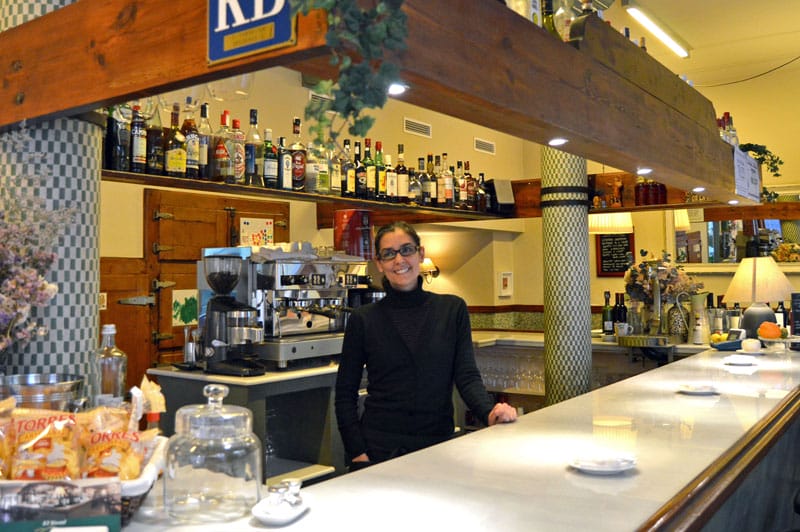
Our second course was another classic: civet de senglar, a Catalan stew of wild boar (and nothing to do with the cats of the same name). In the Pyrenees, wild boar has been hunted since ancient times. “Civet” is a medieval cooking technique used for game (boar, rabbit, pheasant and venison mainly, and today, even lobster) that hails from the historical region of Occitania, northern Catalonia and France. The word comes from the Latin ceapatum, which means onion. Small pieces of meat marinate in a combination of the animal’s blood, red wine (from Penedès, in this case), onion, garlic, carrots and aromatic herbs for 48 hours, Raquel told us. The meat is slowly cooked by itself for three and a half hours, until it’s as tender as can be (boar is leaner and tougher than pork). The rest of the ingredients from the marinade are returned to the pot to stew some more, sometimes with the addition of ground nuts or a pinch of cocoa. The result is a powerful dish with a lot of flavor and super tender, but still fibrous meat, balanced by the sweetness of the vegetables. It goes especially well with Catalan red wines that are intense, full-bodied and with some underlying notes of wood.
When we cannot go to the mountains, El Tossal brings the mountains to us.
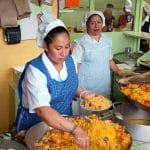 March 24, 2015 Gran Cocina Mi Fonda
March 24, 2015 Gran Cocina Mi Fonda
In recent years, downtown Mexico City’s once grimy Centro Histórico has undergone a […] Posted in Mexico City February 20, 2013 Quimet
February 20, 2013 Quimet
De toda la vida is a Spanish expression that basically means “It’s been around forever,” […] Posted in Barcelona May 14, 2019 Local Spirit
May 14, 2019 Local Spirit
The recent loss of the world’s first baijiu-themed bar, Beijing’s Capital Spirits, to […] Posted in Shanghai
Published on December 05, 2013
Related stories
March 24, 2015
Mexico CityIn recent years, downtown Mexico City’s once grimy Centro Histórico has undergone a remarkable transformation. The government and private enterprises have invested in new infrastructure, pedestrian walkways, parks, hotels and high-end apartment buildings that give the area the look and feel of a district that is part of a modern, dynamic capital city. Yet no…
February 20, 2013
Barcelona | By Johanna Bailey
BarcelonaDe toda la vida is a Spanish expression that basically means “It’s been around forever,” and it’s a sure thing that the locals in Barcelona’s Gràcia neighborhood will utter those words if you ask them about Bodega Quimet. Opened in the 1950s by the Quimet family, the bodega (not to be confused with Quimet i…
May 14, 2019
ShanghaiThe recent loss of the world’s first baijiu-themed bar, Beijing’s Capital Spirits, to hutong landlord issues has refocused the spirit’s lens on Shanghai, where bars are incorporating the grain alcohol into their drinks program. Baijiu may be the most-consumed spirit in the world – thanks mostly to China’s massive population. But its name has only…







































